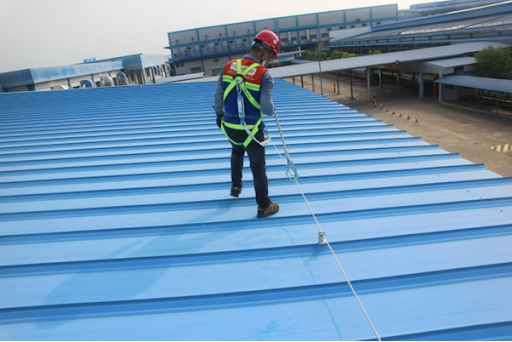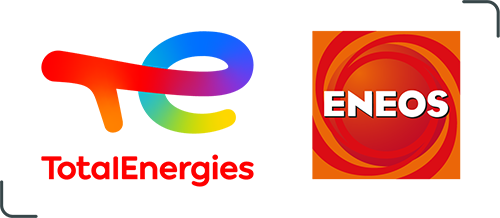As the adoption of solar energy continues to grow, so does the emphasis on ensuring the safety of these systems.
With increasing concerns about potential hazards, it is imperative for installers and users of solar panel systems to thoroughly understand and navigate the various safety standards and regulations. By adhering to these guidelines, they can prevent accidents, protect both people and property, and ensure the reliable and efficient operation of solar energy installations.
In this article, we explore safety standards in the solar industry and provide insights on how companies can effectively meet these requirements.
Safety standards in the solar industry refer to a set of guidelines and regulations designed to ensure that solar panel systems are installed and operated safely.
These standards aim to protect installers, users, and the general public from potential hazards associated with photovoltaic systems. They cover various aspects, such as electrical safety and structural integrity.
The primary purpose of these safety standards is to:
In addition to understanding safety standards, it’s also critical that installers adhere to regulations from local regulatory bodies.
These include guidelines related to electrical safety regulations or fire safety standards. For example, some regulations make it compulsory to use fire-resistant materials and have fire suppression measures in place.
Pre-Installation Safety Considerations
Site Assessment and Planning
Before installing solar panels, conducting a thorough site assessment is crucial to ensure the safety and efficiency of the system.

Here are several factors that installers take into account when performing site assessments.
Permits and Approvals
Securing the necessary permits and approvals is a crucial step in the pre-installation process, guaranteeing that the installation complies with local regulations and standards.
Key considerations include:
Selecting Certified Components
Using certified and high-quality components is essential for ensuring the safety and reliability of the solar installation. Considerations include:
By prioritising certified components, TotalEnergies ENEOS guarantees the highest safety and reliability standards for their solar installations. This commitment to quality enhances system performance and provides peace of mind for businesses investing in solar energy solutions.
Safety During Installation
Ensuring safety during the installation phase is critical to ensuring the safety of on-site workers, buildings, and business assets. Key safety measures and practices include:
| Safety Aspect | Description |
| Electrical Safety | Check to ensure that all components are properly wired with certified cables, securely grounded, and protected with overcurrent devices to prevent electrical shocks, short circuits, and fires. |
| Mechanical Safety | Check that solar panels and mounting structures are securely attached, confirm that the roof or mounting surface can support the weight, and use weather-resistant materials to protect against the environment. |
| Personal Protective Equipment (PPE) | Ensure workers use appropriate PPE, including insulated gloves, safety glasses, harnesses and general safety gear like hard hats and high-visibility clothing. |
| Lockout/Tagout (LOTO) Procedures | De-energize all electrical circuits and secure them with lockout devices, attaching warning tags to indicate non-operation and restricting removal to authorised personnel. |
| Emergency Protocols | Develop an emergency response plan for dealing with electrical shocks, falls, fires, and other hazards; make first aid kits accessible and train workers in their use; and establish clear communication channels with devices like radios or mobile phones for quick reporting and response. |
Safe Photovoltatic System Operations
Ensuring the safe operation of photovoltaic systems is crucial for maximising their efficiency and longevity.

By implementing regular maintenance, monitoring systems, and adhering to safety protocols, businesses can protect their investment and ensure a secure, sustainable energy solution.
| Safety Aspect | Description |
| Maintain Upkeep | Conduct regular inspections, cleaning, and testing of components to identify and address issues early, maintaining optimal efficiency and preventing system failures. |
| Monitoring Systems | Utilise remote monitoring systems to track performance in real-time and analyse data to identify trends and inform maintenance and upgrades. |
| Emergency Protocols | Implement fire safety measures, maintain proper labelling and signage, and develop an emergency response plan with regular drills for personnel. |
| Safety Training and Certification | Provide ongoing training and ensure personnel hold relevant certifications to stay updated on the latest safety standards and best practices. |
| Addressing Common Safety Concerns | Prevent and manage fire risks, mitigate electrical hazards, and minimise environmental impact by adhering to safety standards and proper disposal practices. |
TotalEnergies ENEOS: Your Partner of Choice for Solar Solutions
Prioritising safety in the integration of solar solutions is essential for businesses aiming to achieve carbon neutrality and reduce greenhouse gas emissions.
Partnering with TotalEnergies ENEOS guarantees that your company’s solar systems are built and operated with the highest safety standards. We ensure that every step, from planning and installation to maintenance, adheres to strict safety protocols, protecting both personnel and infrastructure.
Reach out to us for a free consultation to learn how we can support your solar needs with a focus on safety and sustainability.
